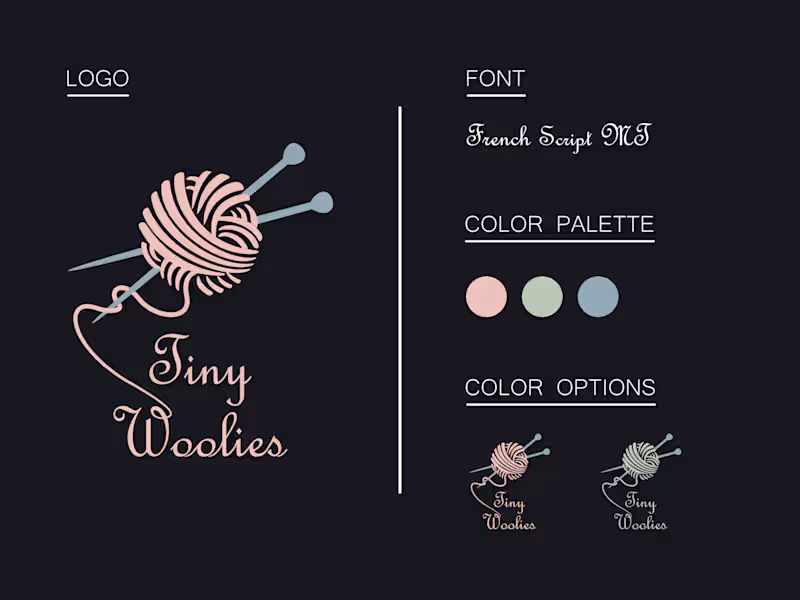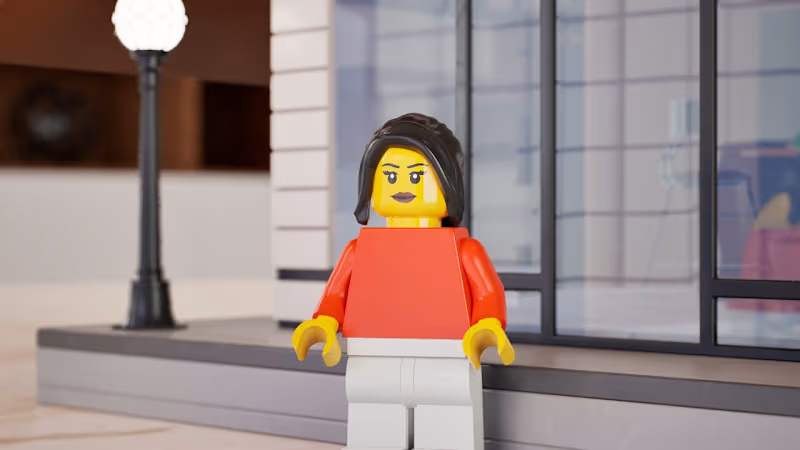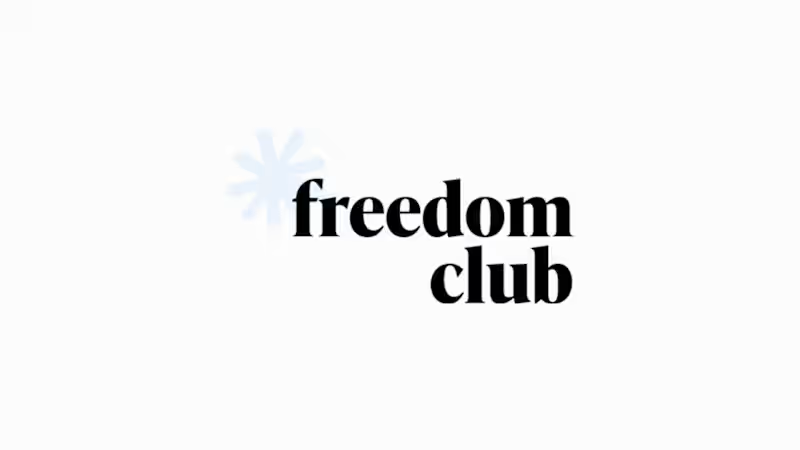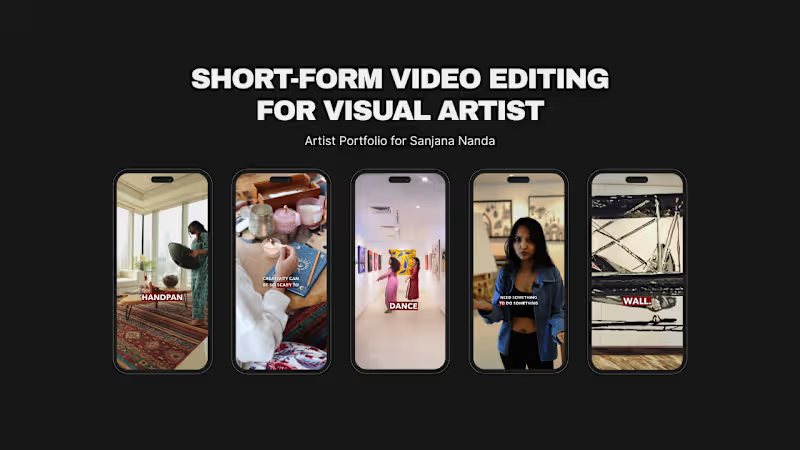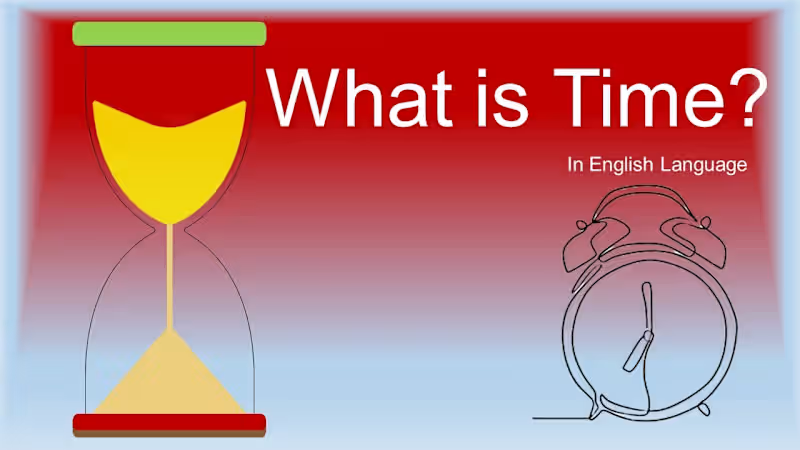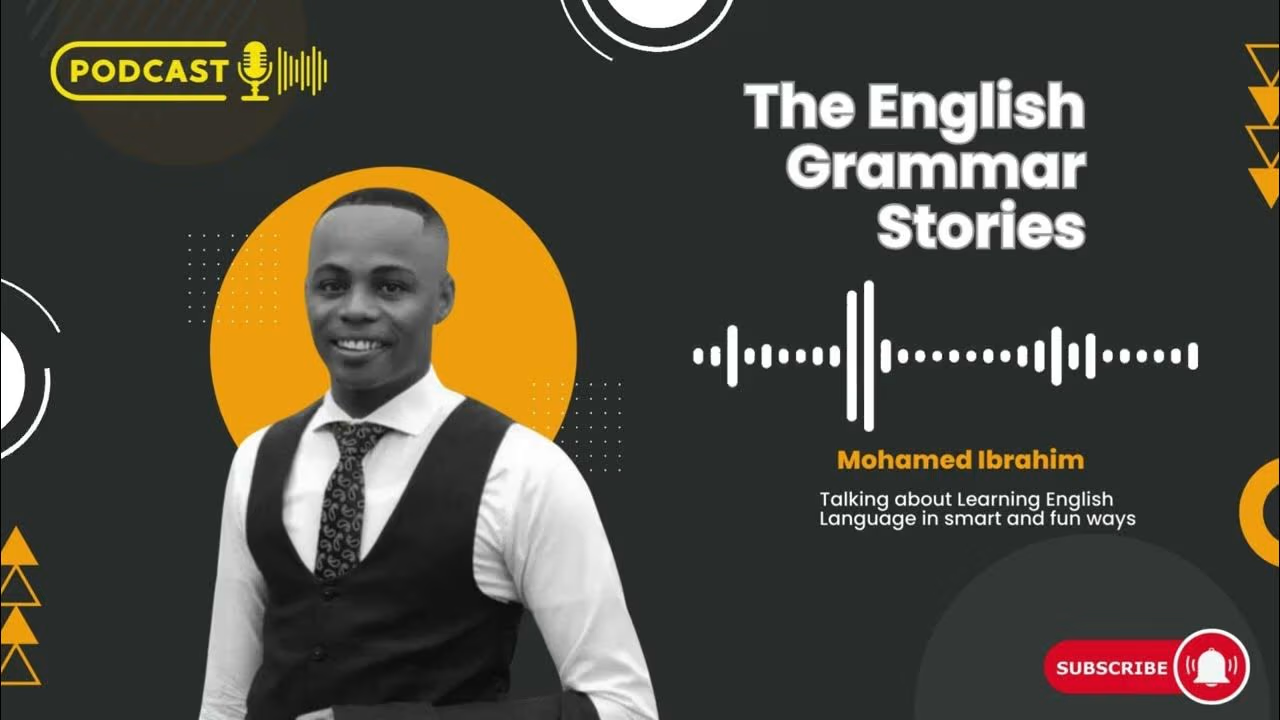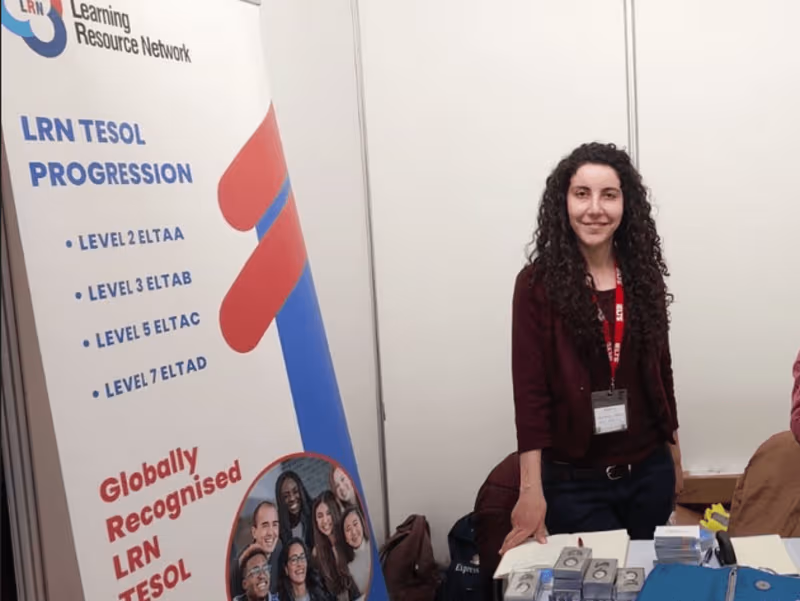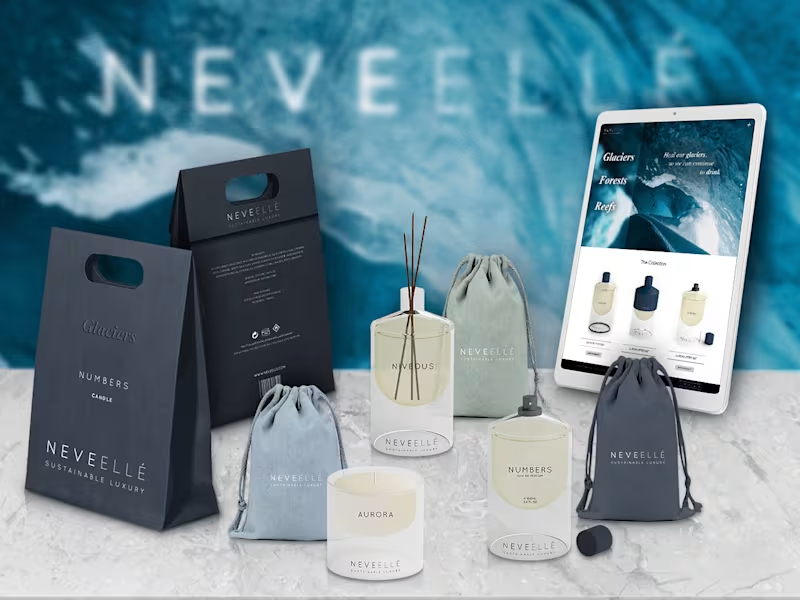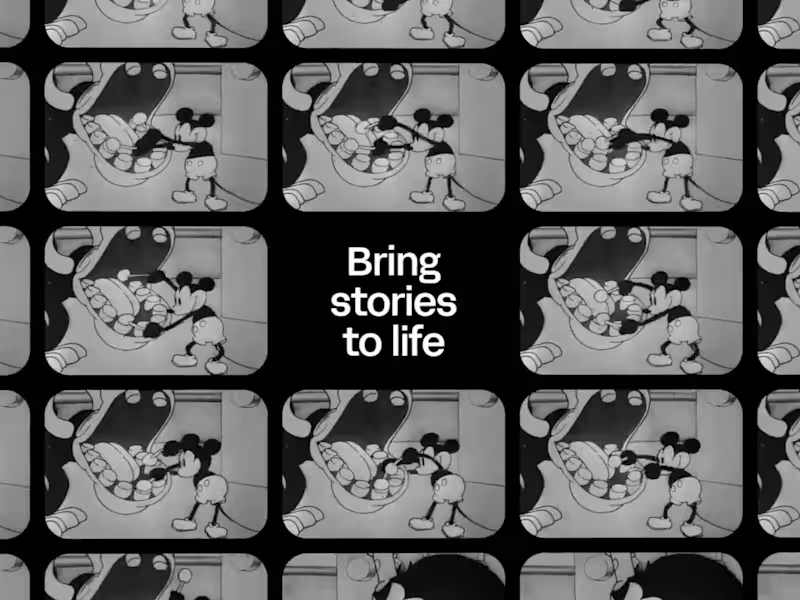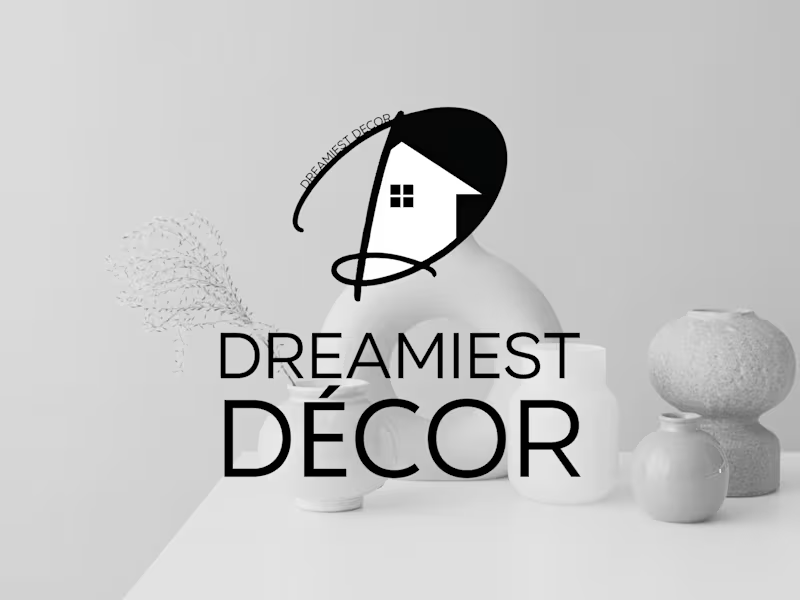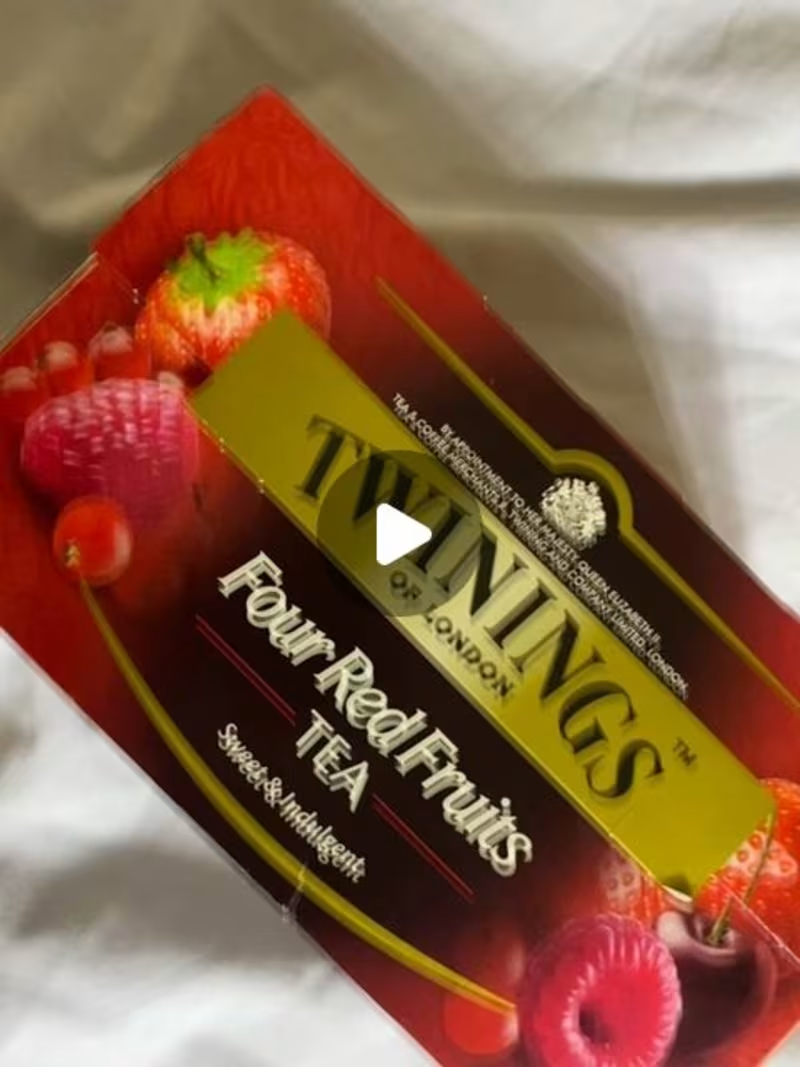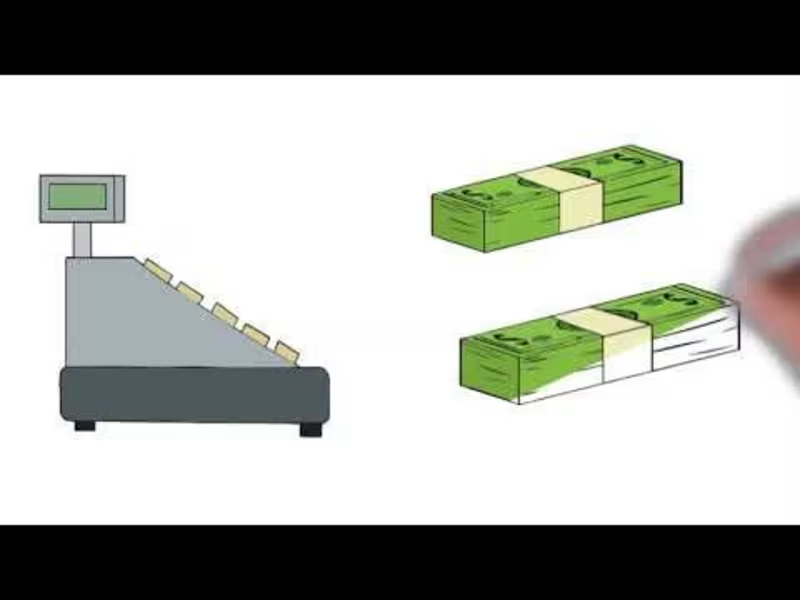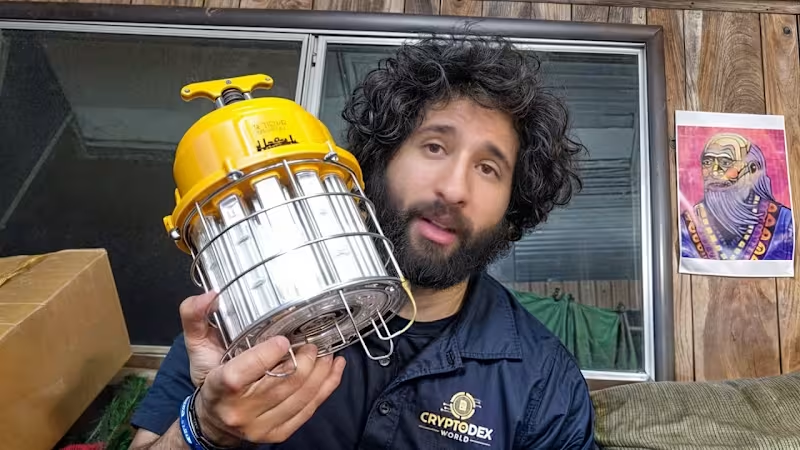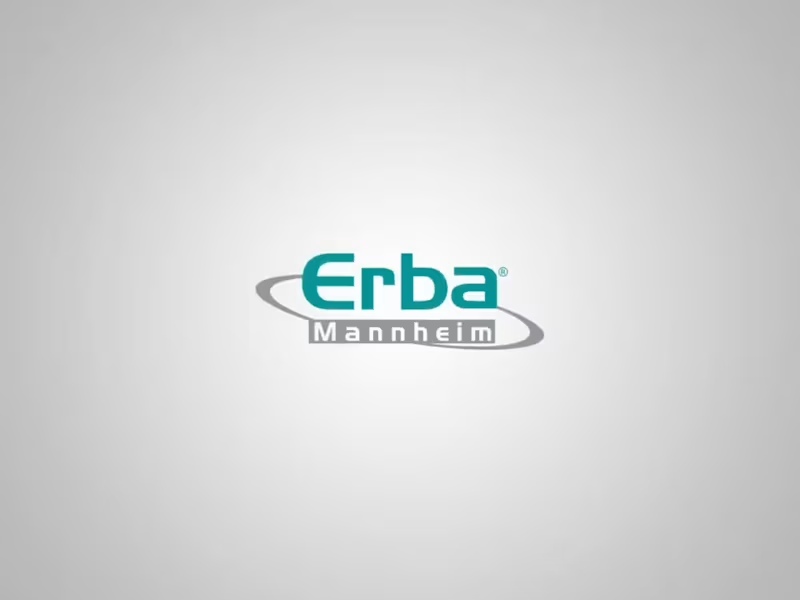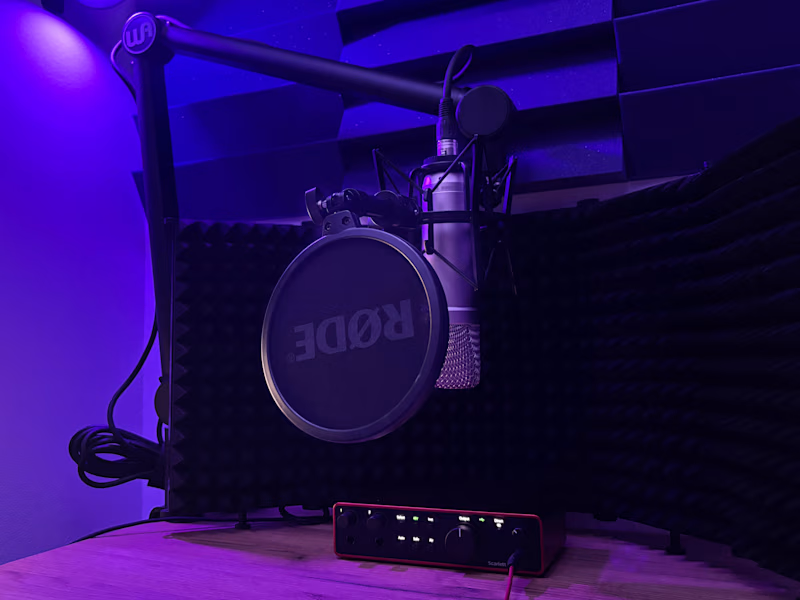What style of voice do I need for my project?
Think about what kind of sound fits your project. Is it a commercial that needs a friendly tone? Or maybe a serious documentary that requires a deep, calm voice? Identifying the right style ensures the voice over artist matches your vision.
How many voice samples should I listen to?
Listen to at least 3-5 samples from different artists. This gives you a variety of sound qualities and styles to compare. Listening helps you choose an artist with the right voice for your project.
What is the expected timeline for the project?
Plan when you need the project completed. Make sure the artist can deliver in time. Clear timelines help avoid delays in the project.
Are there specific technical requirements I should be aware of?
Check if the project requires a specific audio format. Some projects might need high-quality WAV files, while others can use MP3. Knowing this ensures you request the correct files from the artist.
How should I provide the script to the artist?
Ensure the script is clear and finalized before sending it. Providing a clean script with notes on pronunciation or emotions helps the artist perform better. This clarity leads to a more accurate voice over.
Do I need a demo recording before the full project?
A demo can help you ensure the artist’s style fits. You can listen and make adjustments before the final recording. Demos help avoid surprises later.
What feedback is helpful for improving the project?
Give specific and constructive feedback. Point out parts you love and areas needing changes. This guides the artist to match your vision closely.
Should I include background music or effects?
Decide if your project needs background music or effects before starting. This enhances the final product's quality. Knowing this early helps the artist tailor their performance.
Are revisions necessary for my project?
Consider how many changes you might need. Some projects may require a few tweaks to get perfect. Planning for revisions helps in setting clear expectations.
How can I ensure the artist understands my project goals?
Share a brief description of your project and its purpose. Explaining the target audience and main message ensures the artist aligns with your goals. This understanding leads to a more effective voice over.
Who is Contra for?
Contra is designed for both freelancers (referred to as "independents") and clients. Freelancers can showcase their work, connect with clients, and manage projects commission-free. Clients can discover and hire top freelance talent for their projects.
What is the vision of Contra?
Contra aims to revolutionize the world of work by providing an all-in-one platform that empowers freelancers and clients to connect and collaborate seamlessly, eliminating traditional barriers and commission fees.

- 1x
- Hired
- 5.0
- Rating
- 6
- Followers
expert

- $1k+
- Earned
- 9x
- Hired
- 4.9
- Rating
- 30
- Followers


- 2x
- Hired
- 2
- Followers

- 5.0
- Rating
- 5
- Followers





























